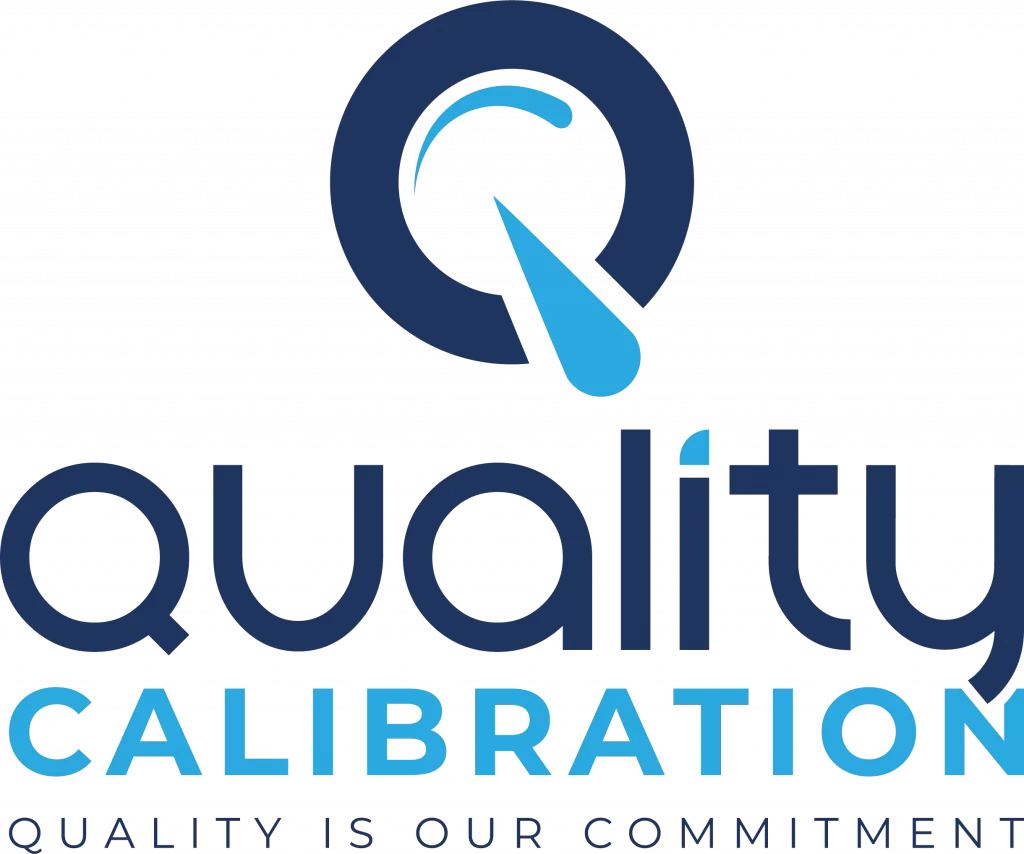Calibration in a medical laboratory is a critical process that ensures the accuracy and reliability of various testing instruments and equipment. It is the cornerstone of quality assurance in healthcare, directly impacting patient care, diagnosis, and treatment outcomes. In this article, we will delve into the intricacies of calibration in medical laboratories, its significance, and the steps involved in this essential procedure.
Understanding Calibration in Medical Laboratory
Calibration is the process of adjusting and fine-tuning medical laboratory instruments and equipment to match known standards and references. This meticulous procedure is necessary because even the most advanced and precise instruments can drift over time, leading to inaccuracies in test results. Calibration ensures that the instruments provide consistent, reliable, and precise measurements, which are vital for diagnosing medical conditions and monitoring patients’ health.
Significance of Calibration
Enhancing Accuracy and Precision
Calibration plays a pivotal role in enhancing the accuracy and precision of medical tests. Even minor deviations in measurements can have significant implications for patient care. By calibrating instruments regularly, healthcare professionals can minimize errors and provide patients with the most reliable results possible.
Compliance with Regulatory Standards
Medical laboratories are subject to stringent regulatory standards and guidelines. Calibration is not just a best practice; it is often a legal requirement. Laboratories must demonstrate that their instruments are calibrated to ensure the validity of their test results and maintain their accreditation.
Cost-Effective Maintenance
Regular calibration can extend the lifespan of medical instruments. By detecting and addressing issues early on, laboratories can avoid costly repairs or replacements. This not only saves money but also minimizes downtime, ensuring that healthcare services remain uninterrupted.
Steps in the Calibration Process
Calibrating medical laboratory equipment is a systematic process that involves several key steps:
1. Establishing Baseline Measurements
The first step is to establish baseline measurements by comparing the instrument’s readings to known reference standards. This helps identify any deviations and assess the instrument’s accuracy.
2. Adjusting and Fine-Tuning
Once deviations are identified, the instrument is adjusted and fine-tuned to align with the reference standards. This may involve making small mechanical or software adjustments.
3. Verification and Validation
After adjustments are made, the instrument’s performance is verified and validated through a series of test measurements. This step ensures that the instrument now provides accurate and consistent results.
4. Documentation
Comprehensive documentation of the calibration process is essential. This includes recording the instrument’s initial readings, adjustments made, verification results, and the date of calibration. This documentation serves as evidence of compliance with regulatory requirements.
Emphasizing the Human Element
While calibration is a technical process, it also highlights the human element in medical laboratories. Highly skilled technicians and scientists are responsible for performing calibrations. Their expertise ensures that instruments are fine-tuned correctly, and any anomalies are promptly addressed. Moreover, their dedication to precision contributes significantly to patient well-being.
Ensuring Patient Trust
Patients rely on medical laboratory results to make critical healthcare decisions. Calibration is the backbone of this trust. When patients receive accurate and reliable test results, they have confidence in their healthcare providers and the treatment plans recommended to them. This trust is invaluable and reinforces the importance of calibration in the medical laboratory.
Bottom Line
Calibration in a medical laboratory is not just a technicality; it is a vital component of healthcare quality assurance. It guarantees the accuracy and reliability of medical tests, enhances patient trust, and ensures compliance with regulatory standards. As we navigate the complex world of healthcare, let us not underestimate the significance of this meticulous process. Calibration is the bridge between science and patient care, and it is a bridge we must keep strong and unwavering.
In summary, calibration in a medical laboratory is the key to delivering accurate and reliable test results, ultimately benefiting the well-being of patients and the integrity of healthcare services. So, the next time you see the term “calibration” in a medical context, remember that it represents a commitment to precision, trust, and the highest standards of healthcare excellence.

Md. Hasan Ibrahim is a Technical Manager at Quality Calibration with extensive experience in the calibration sector since 2015. Holding a Bachelor of Science degree in Mechanical Engineering from Khulna University of Engineering & Technology (KUET), he has received training from various national and international organizations including CSIR-CMERI, QSI, BAB, NML-BSTI, memmert, and X-rite. With expertise in ISO/IEC 17025 assessment, method validation, metrological traceability, and uncertainty, he has successfully completed numerous calibration projects across diverse industries such as pharmaceuticals, food & beverage, oil & gas, textiles & garments, power plants, batteries, chemicals, hospitals & healthcare, and private universities.


